Smithsonian returns stolen Benin bronzes to Nigeria. See the stunning art collection
More than a century after being looted from Nigeria, a set of Benin bronzes are going home.
The Benin bronzes — beautiful pieces of art and brutal testimonies of colonial history — are a collection of artifacts made by the Edo peoples from the Kingdom of Benin, located in the southwest of present-day Nigeria, the Smithsonian Institute reported. The 3,000 bronze artifacts range from human and animal figurines to commemorative heads and plaques cast to record the history of the Edo people, according to the British Museum.
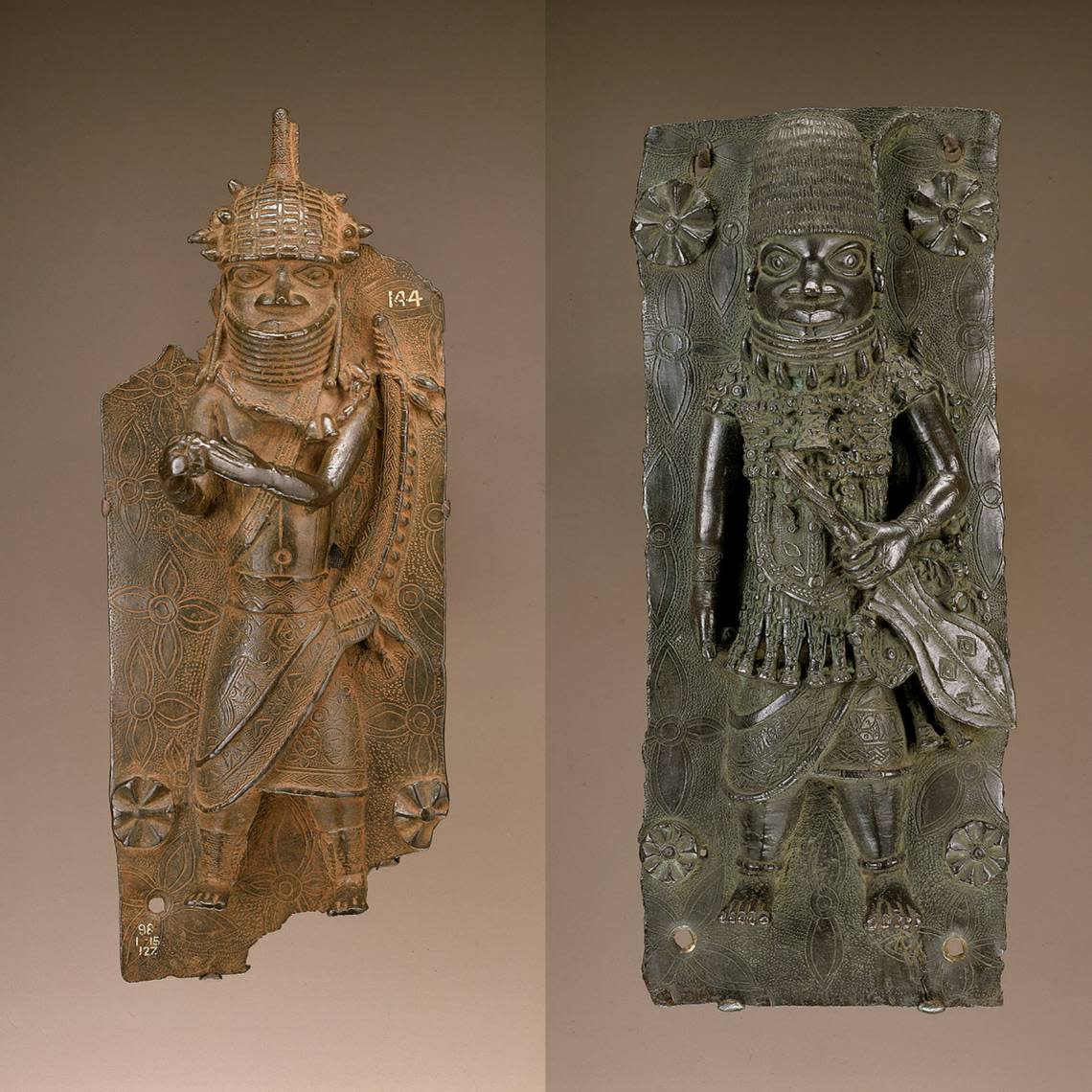
The bronzes were stolen from Benin City in 1897 when British soldiers pillaged the city, burning the royal palace and exiling the Oba, or king, the Smithsonian reported. The kingdom of Benin suffered a “bloody and devastating occupation” under British forces, the British Museum said. The number of people who died during the British conquest remains unknown.
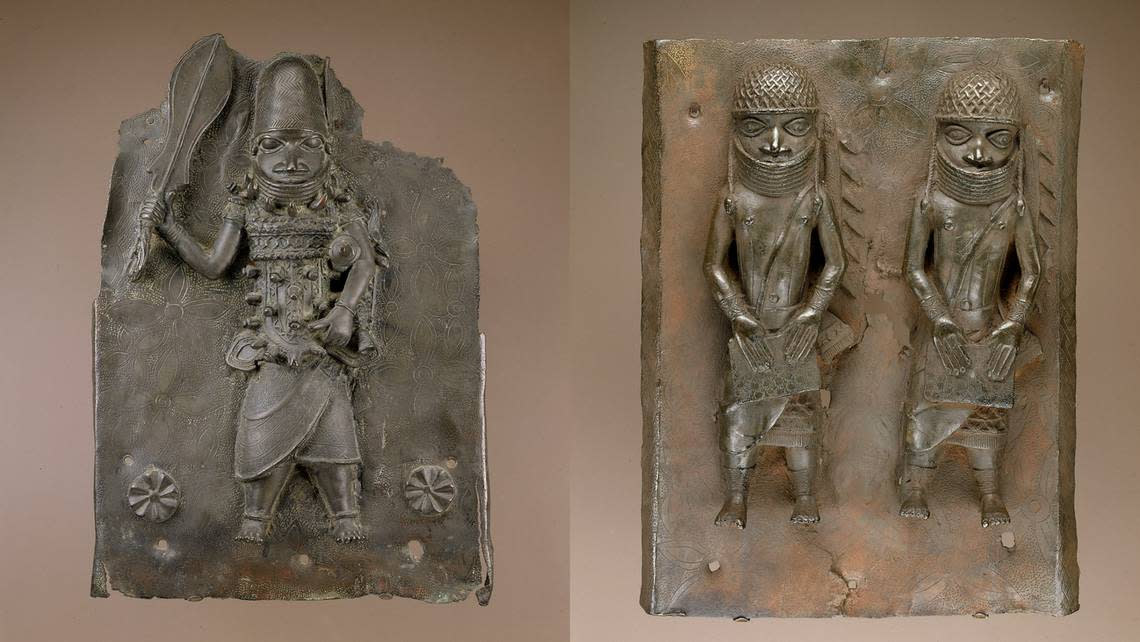
British soldiers stole all of Benin’s royal treasures, and these Benin bronzes — as they came to be called — eventually ended up in museums and collections around the world, the Smithsonian explained.
Nigerians have called for the return of the looted bronzes for decades, with formalized repatriation requests being sent to museums in the U.K., Germany and the U.S. in recent years, the Smithsonian Magazine reported.
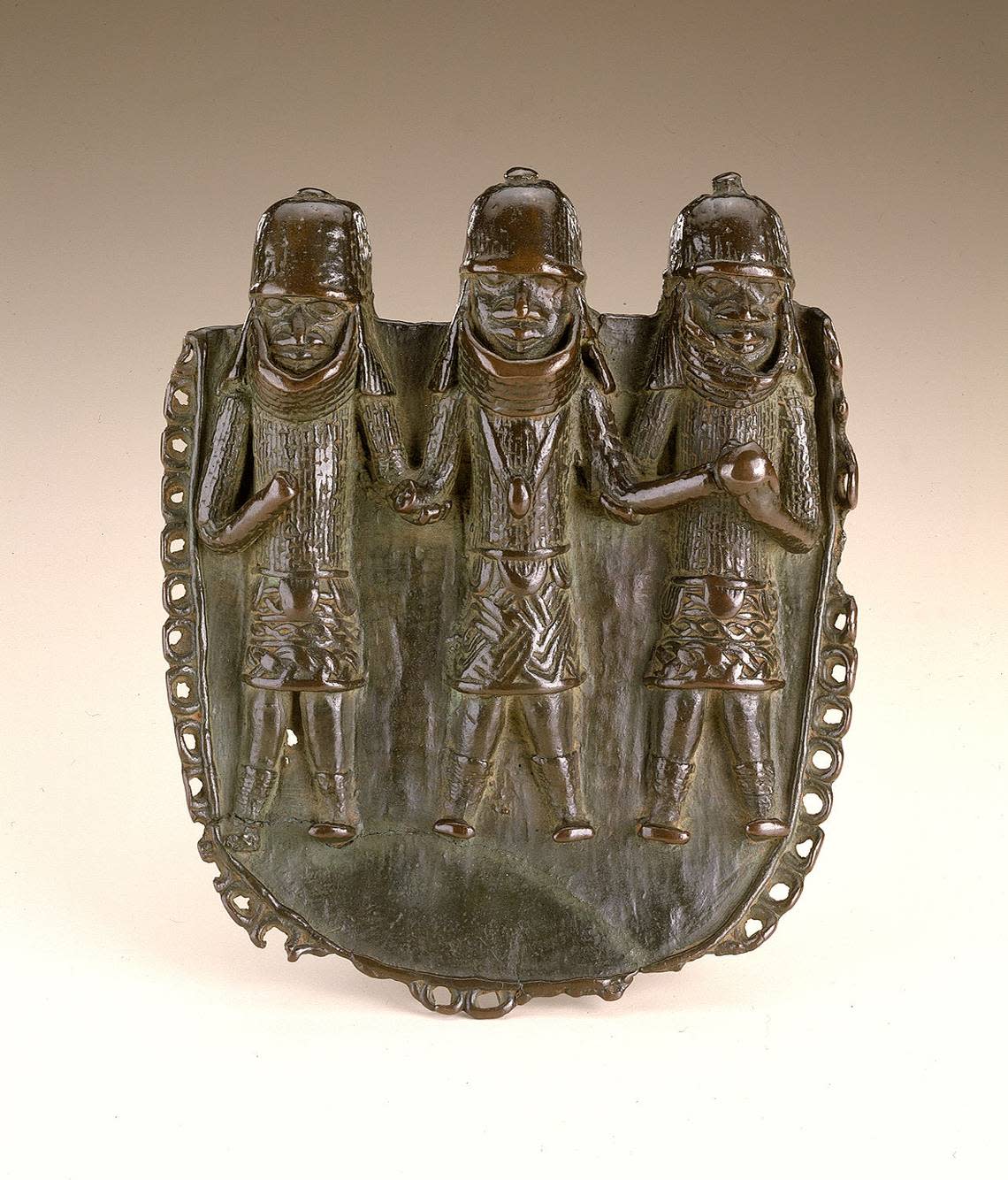
Twenty-nine bronzes stolen during this infamous, bloody raid ended up at the Smithsonian in Washington, D.C. — but not anymore. The Smithsonian Institute transferred ownership of these bronzes to the National Commission for Museums and Monuments in Nigeria, the institute said in a news release on Oct. 11.
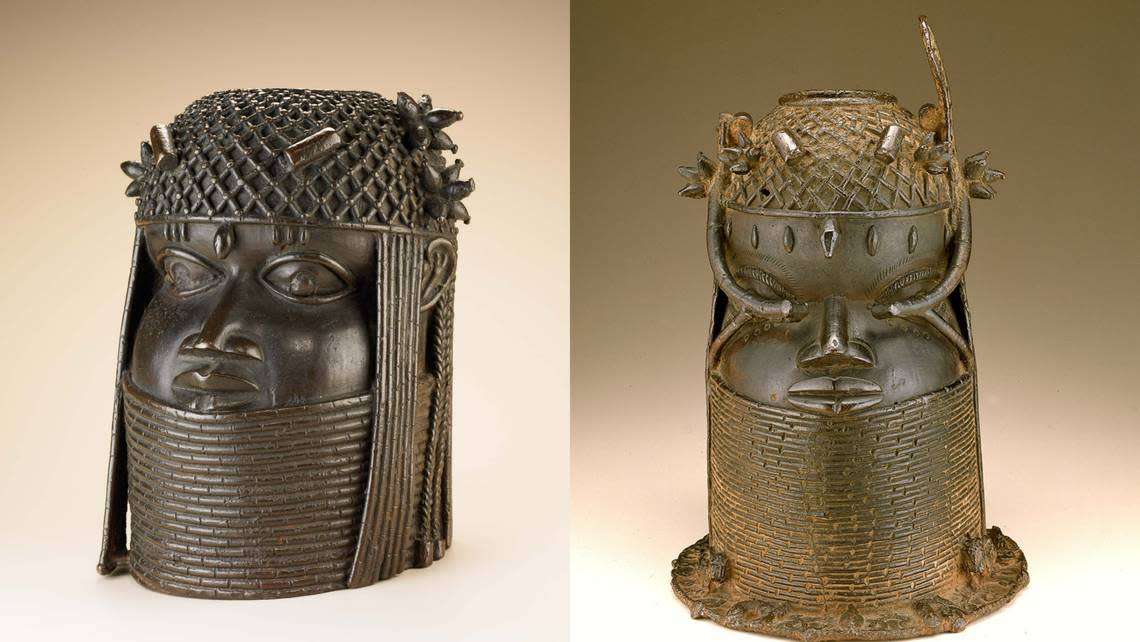
After 125 years away, 20 bronzes will return to Nigeria, and nine bronzes will remain on loan at the Smithsonian’s African Art Museum, according to DCist, the Washington Post and the Smithsonian Magazine.
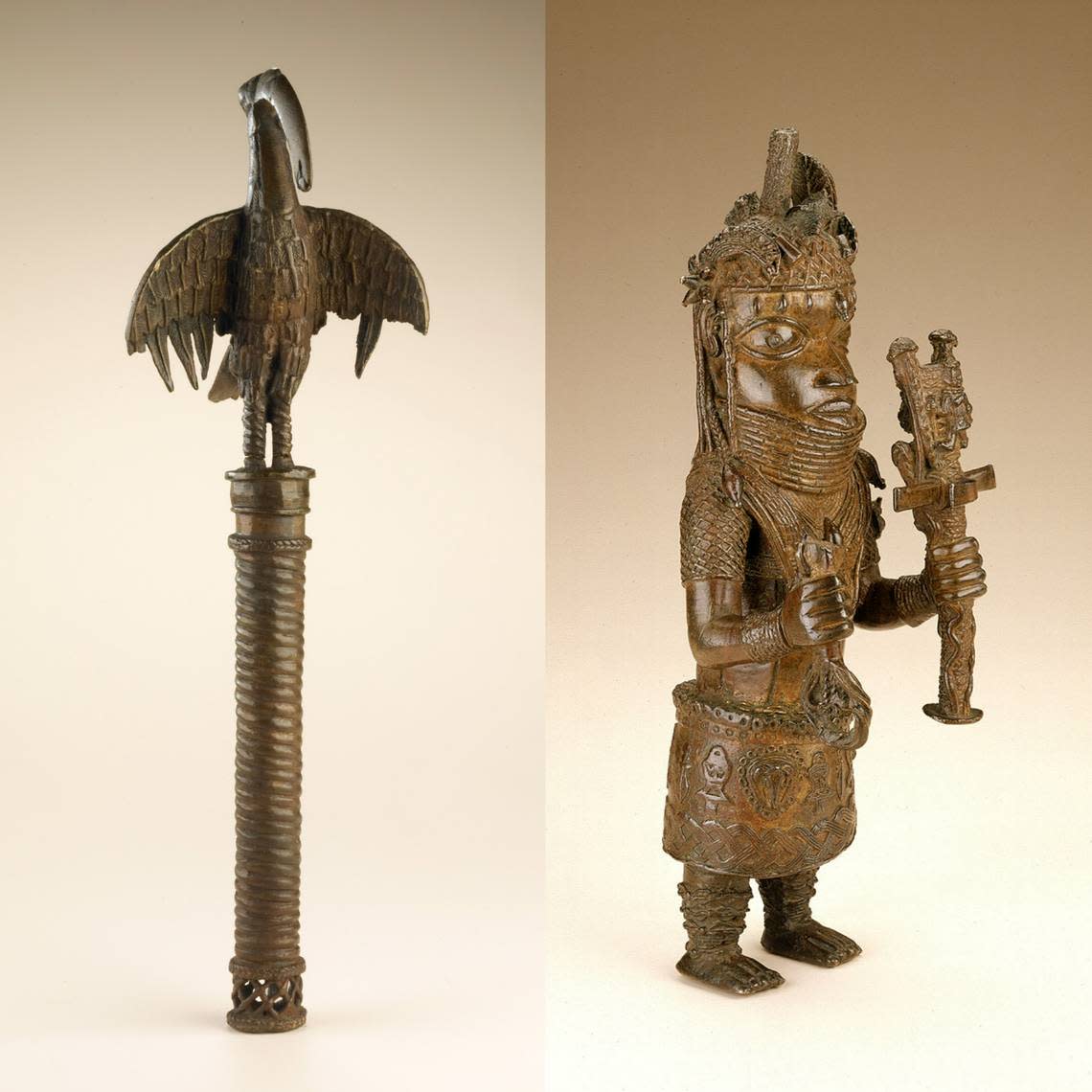
The Minister of Information and Culture of Nigeria said in the news release that, “Nigeria is immensely gratified… By returning the artifacts, these institutions are together writing new pages in history. Their brave decision to return the timeless artworks is worth emulating.”
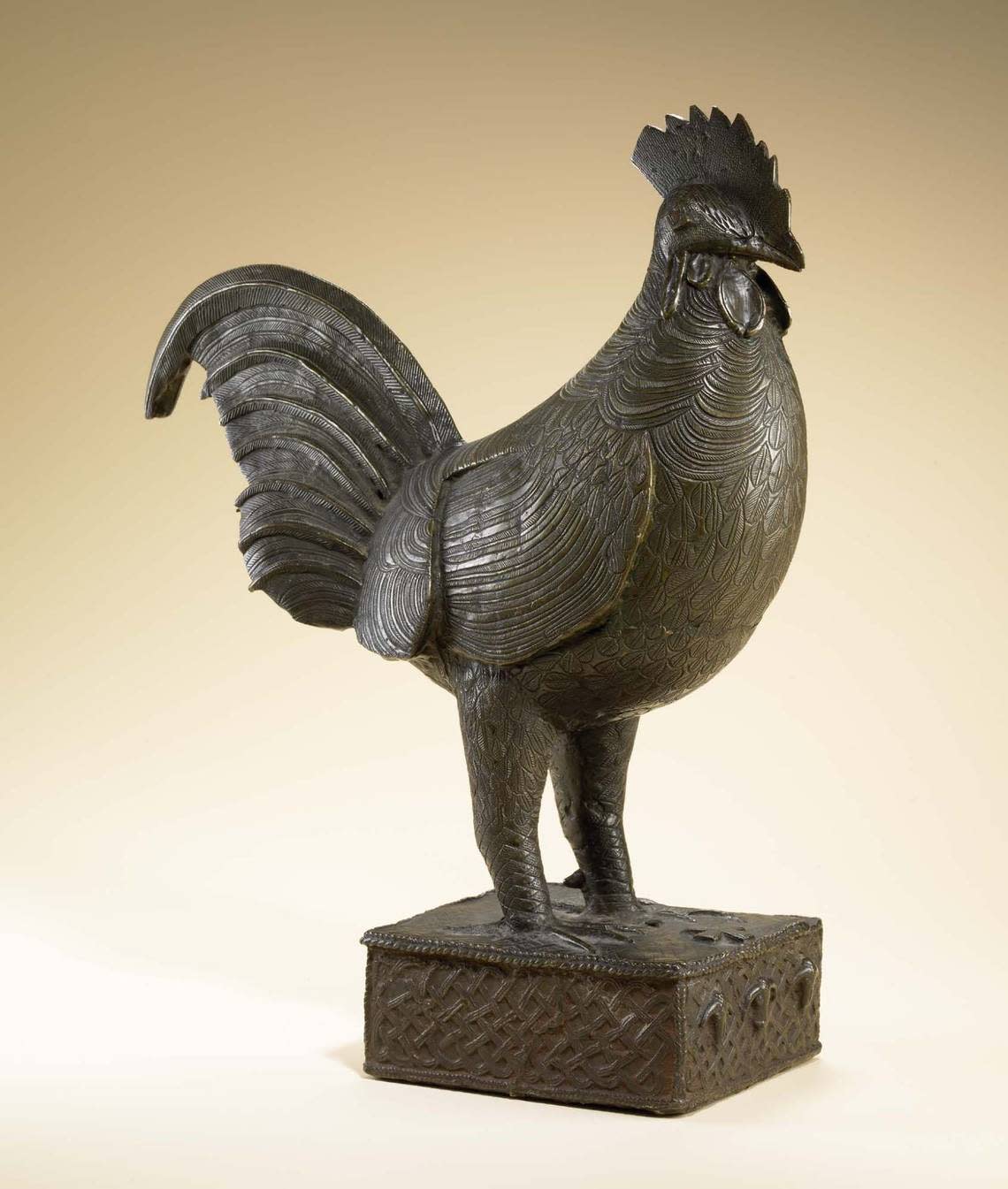
The Smithsonian secretary said at the ceremony for the transfer, “We realize as an institution that we are shared stewards of these collections. We are not owners,” the Washington Post reported.
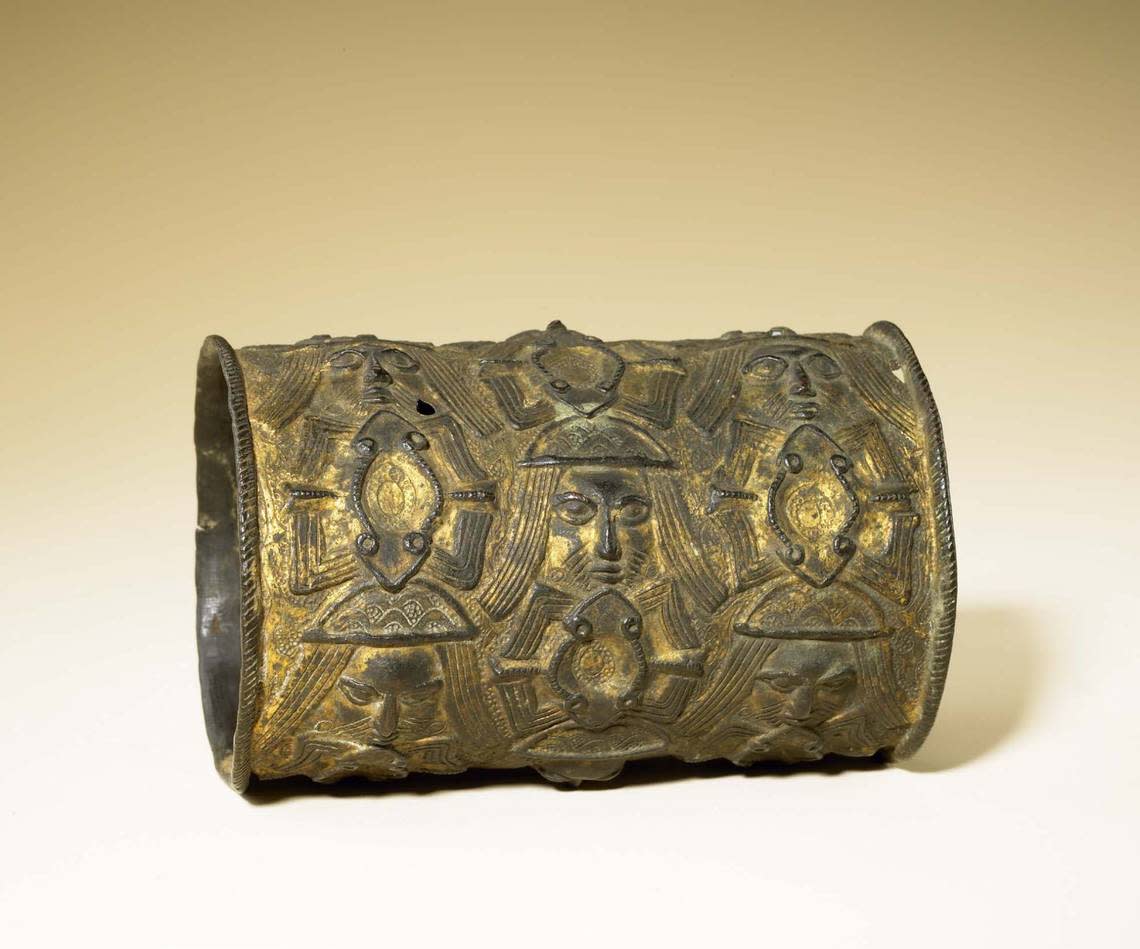
The Smithsonian still owns 26 Benin bronzes of undetermined origin and plans to keep these until further research can determine whether they were acquired ethically, the news release said.
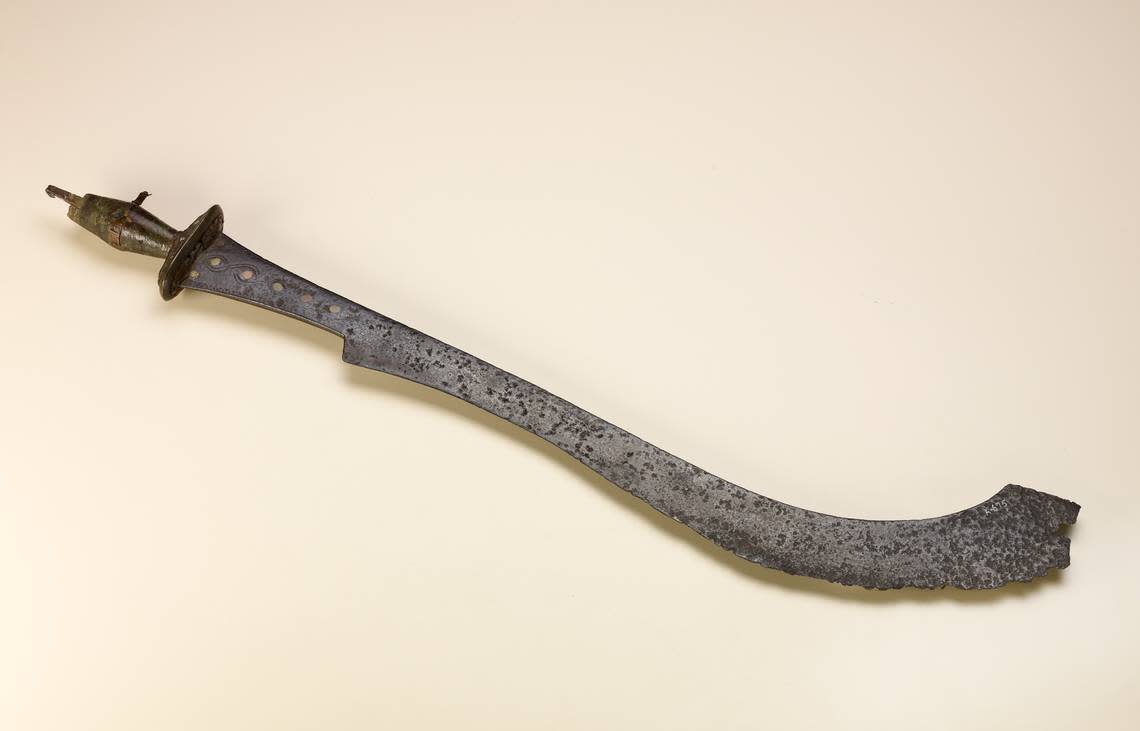
Benin City is about 190 miles east of Lagos.
6 ancient cities, stacked on top of each other, reveal thousands of artifacts in China
Ancient ‘fridge’ — with meat still inside — found at Roman military camp, experts say
Ancient Israeli burial pit reveals remnants of opium — the oldest evidence of drug use
